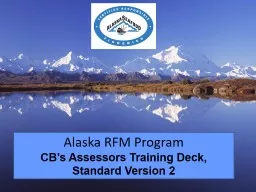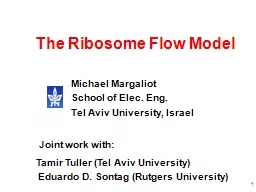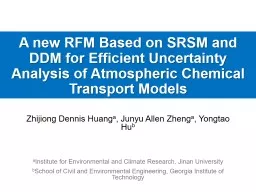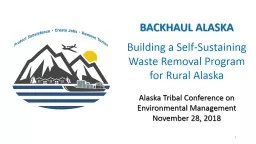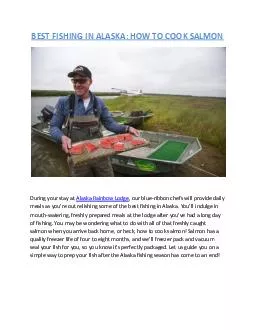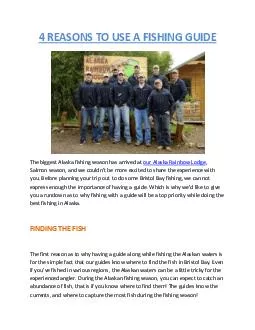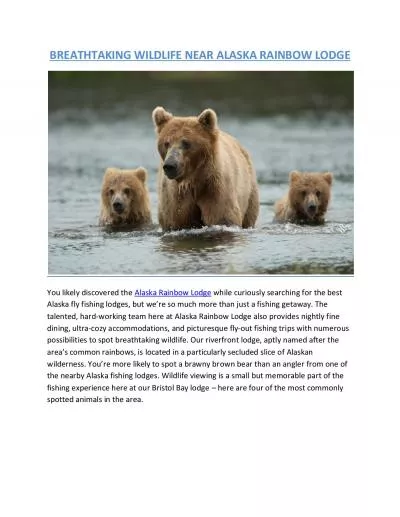PPT-` Alaska RFM Program CB’s Assessors Training Deck, Standard Version 2
Author : ellena-manuel | Published Date : 2019-02-20
RFM Training Deck Structure ASMIs RFM Program Certification The Alaska RFM Standard V 2 RFM Assessment and Certification Process Scoring Process and Examples Unique
Presentation Embed Code
Download Presentation
Download Presentation The PPT/PDF document "` Alaska RFM Program CB’s Assessors Tr..." is the property of its rightful owner. Permission is granted to download and print the materials on this website for personal, non-commercial use only, and to display it on your personal computer provided you do not modify the materials and that you retain all copyright notices contained in the materials. By downloading content from our website, you accept the terms of this agreement.
` Alaska RFM Program CB’s Assessors Training Deck, Standard Version 2: Transcript
Download Rules Of Document
"` Alaska RFM Program CB’s Assessors Training Deck, Standard Version 2"The content belongs to its owner. You may download and print it for personal use, without modification, and keep all copyright notices. By downloading, you agree to these terms.
Related Documents

